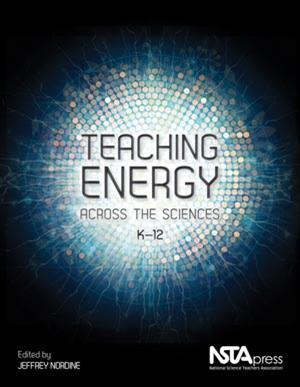A cross-cutting concept
Teaching energy across the sciences, K–12
Jeffrey Nordine (ed)
NSTA Press
2016 | 220pp | $41.94 (£32.20) (PB)
ISBN 9781941316375

Is energy taught in a consistent way across all sciences in your school? Is there a clear progression in learning about energy at different stages of science education? These are the questions at the heart of this book. It arose from two international summits in the US where science education researchers, scientists and science teachers discussed teaching and learning about energy.
The book is divided into three sections. Section one considers what students should know about energy and when they should know it. Section two looks at ways of learning about energy in different sciences. The focus of section three is on supporting teachers in changing the way they teach about energy.
The standout chapter for me is ‘Talking about energy’ by Jeffrey Nordine. Here he deftly navigates through a minefield of potentially confusing terms to produce a coherent narrative that can be applied consistently in both physical and biological sciences. Unfortunately the attention to detail evident in this chapter is not applied consistently in some other chapters, where the same words are used in a more ambiguous manner.
The idea of energy as a cross-cutting concept is cleverly illustrated by an experiment where the energy transferred when heating a cheese puff is used to heat water in a calorimeter. Describing how this experiment can be used in different sciences and at different stages of student development helps show what consistency in teaching about energy really looks like.
Helping students make connections between what they learn in chemistry, biology and physics is always a challenge. This book makes a thoughtful and practical contribution to this issue for teachers and those involved in supporting their professional development.
Purchase Teaching Energy Across the Sciences, K-12 from the NSTA









No comments yet